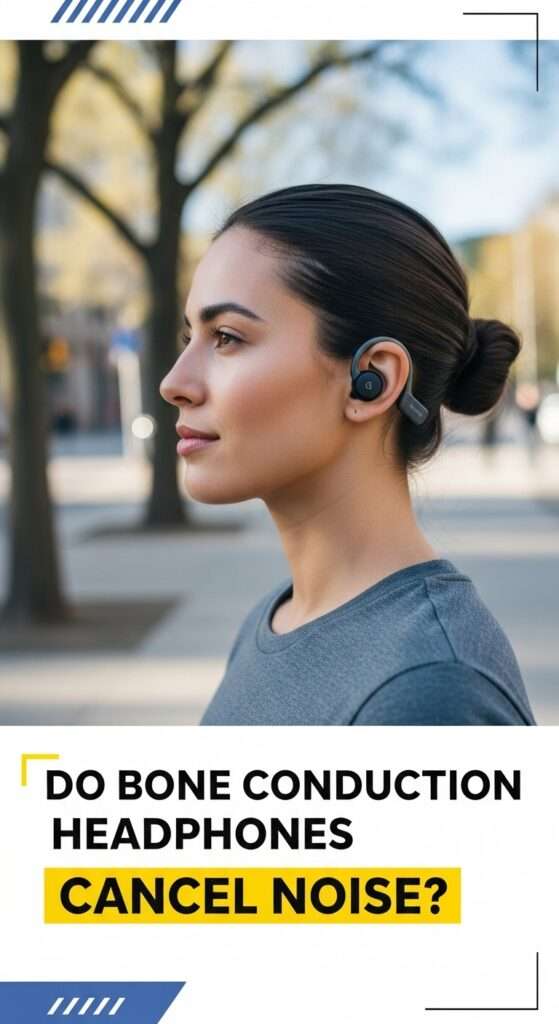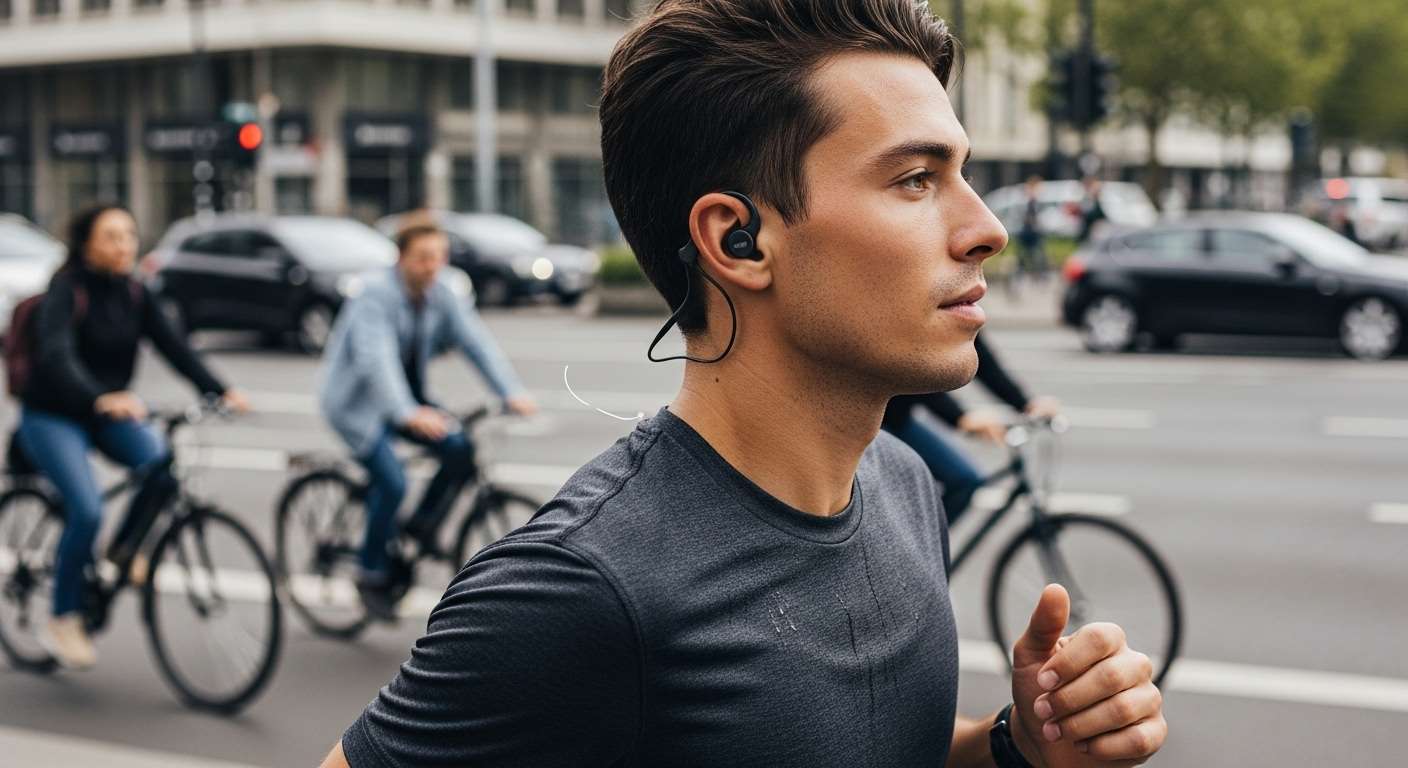Hey, have you ever wondered if those funky-looking bone conduction headphones actually cancel out noise? You know, the ones that sit outside your ears and send sound through your skull instead of plugging your ears like regular headphones?
They’re pretty cool and futuristic, but can they block out the noisy chaos of the world around you? Let’s chew the fat on this topic and clear up some confusion.
1. What Are Bone Conduction Headphones Anyway?
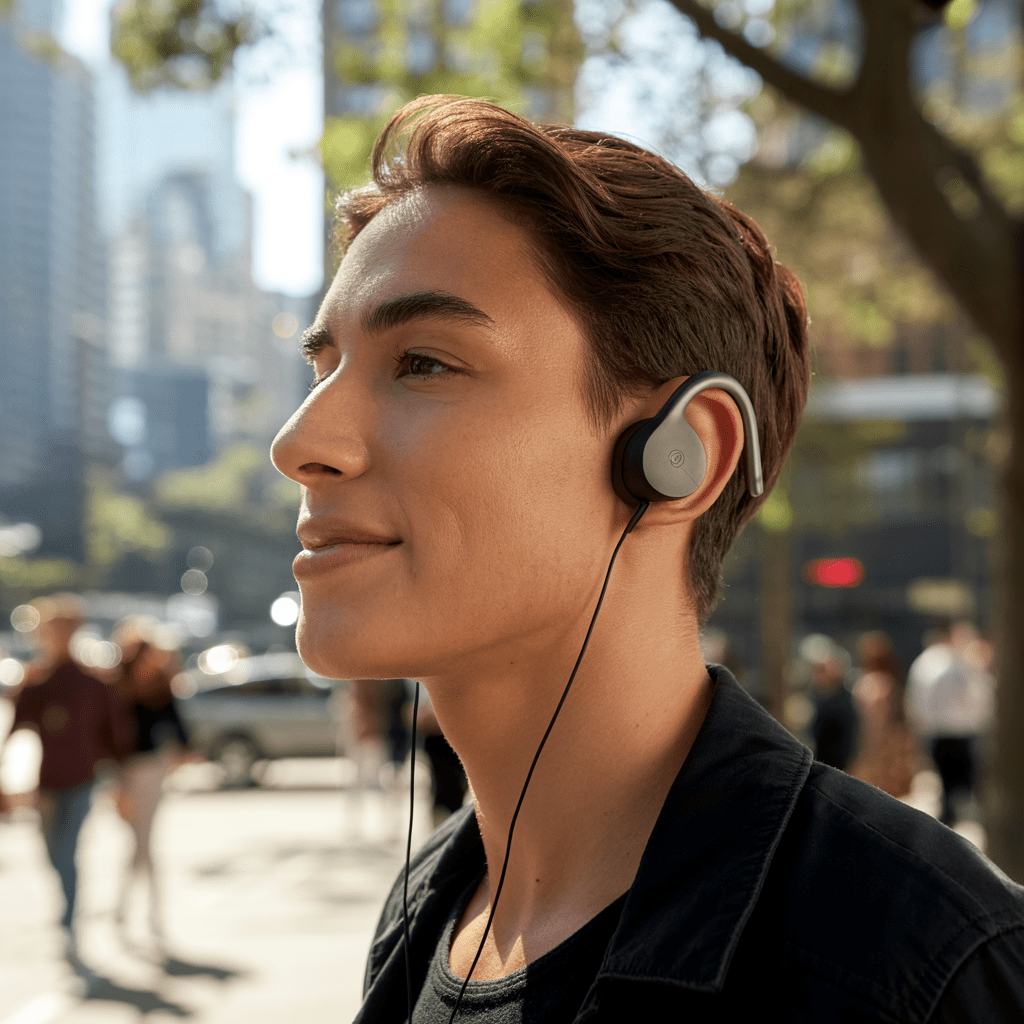
First off, let’s quickly run through what bone conduction headphones actually do. Instead of sitting inside your ears or covering them, these bad boys rest on your cheekbones, right near your temples. They send vibrations through your bones directly to your inner ear (the cochlea), basically skipping the eardrum entirely.
The result? You hear your tunes or podcasts while your ears stay completely open to the world. It’s like having your cake and eating it too music without shutting out the outside noise.
I’ve tried them during runs and bike rides, and honestly, it feels weird at first but then liberating. You can jam out and still hear cars honking or someone yelling your name. Pretty neat, right?
2. Do Bone Conduction Headphones Cancel Noise?
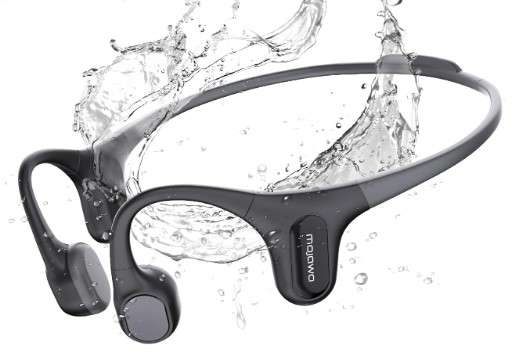
Now to the million-dollar question: do bone conduction headphones cancel noise? The short answer is: no, they don’t actively cancel noise. If you were hoping these things would block out your noisy neighbors or the subway’s screeching, you’re out of luck.
Here’s why:
Active Noise Cancelling (ANC) Needs Sealed Ears
Active noise cancelling headphones work by listening to the surrounding sounds and then creating sound waves that are the exact opposite (called destructive interference) to cancel that noise out. But for that magic to work, your ears need to be more or less sealed off from outside sound with tight-fitting ear cups or earbuds.
Bone conduction headphones don’t seal off your ears—they keep them wide open. This means:
- Ambient sounds flow freely through your ear canal.
- The vibrations you hear come through your bones, but nothing blocks outside noise from reaching your eardrums.
So, ANC and bone conduction are basically like oil and water—they don’t mix because ANC depends on a “closed” environment for your ears, and bone conduction keeps them completely “open.” It’s a fundamental design clash.
Passive Noise Cancellation? Not Really
You might have heard that closing off your ear canal helps with passive noise cancellation (basically muffling outside noise). Bone conduction headphones don’t close off your ear canal at all, so passive noise cancellation is not in their toolbox either.
Some people get confused and assume that because bone conduction headphones are worn outside the ears, they somehow “cancel” noise, but they actually just let it flood in.
Honestly, it’s like wearing earmuffs versus a headband. One blocks sounds, the other doesn’t.
3. Why Are Bone Conduction Headphones Designed This Way?

Sounds like a bummer, right? No noise cancelling means you gotta put up with the world’s chaos while rocking your music. But here’s the kicker: the whole point of bone conduction headphones is to keep you aware of your surroundings.
Imagine this: you’re jogging down a busy street or cycling in traffic. You want your tunes, sure, but you also want to hear that honking car or a yelling pedestrian. Bone conduction lets you enjoy your jams and stay safe. No sealed ears means no surprise dangers sneaking up on you.
This is why many runners, bikers, and even some warehouse workers love using bone conduction headphones. They combine sound and situational awareness in a way traditional headphones just can’t.
4. Personal Experience: Situational Awareness FTW
When I switched to bone conduction headphones for my morning runs, I noticed I was way more alert. Earlier, with in-ear buds, I’d sometimes feel cut off from my environment, which is exactly when weird stuff happened a scooter zooming behind me, an approaching dog barking.
With bone conduction, not only did I enjoy my morning playlists, but I also had one ear literally free to catch all the action around me. It felt safer and less isolating.
5. But What About Noise Cancelling Bone Conduction Headphones?
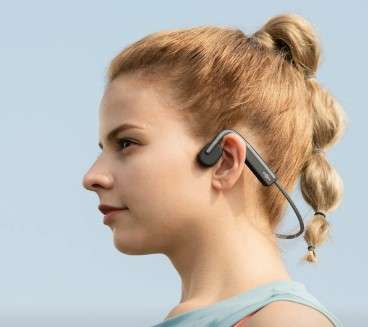
People ask, “Can we get bone conduction headphones with active noise cancelling?” The answer: not really.
You see, even tech pros say ANC just doesn’t work well with bone conduction. This is because:
- ANC needs a controlled, closed environment to create sound waves that cancel noise.
- Bone conduction keeps your ears open, so ambient noise freely enters.
- The energy cost and technical complexity of adding ANC to bone conduction would make these headphones bulky and power-hungry.
So far, there’s no solid product on the market that combines both in a practical way—and I’m not holding my breath.
6. Bone Conduction vs. Noise Cancelling Headphones
Let’s quickly compare bone conduction with traditional noise cancelling headphones to clear up the differences:
| Feature | Bone Conduction Headphones | Noise Cancelling Headphones |
|---|---|---|
| Noise Cancellation | No active cancellation; ears stay open | Active noise cancellation for immersive silence |
| Ear Coverage | Open-ear design, sit outside ear canal | Covered or in-ear with sealed ear cups |
| Ambient Sound Awareness | Hear surroundings clearly | Usually block out surroundings |
| Safety for Outdoor Use | Safer for jogging, cycling with situational awareness | Less safe outdoors due to noise isolation |
| Sound Quality (Bass, Richness) | Usually less bass and overall richness | Deeper bass and richer sound profile |
| Comfort | Lightweight, no pressure inside ear canals | Can cause ear fatigue over long wear |
7. Why Bone Conduction Doesn’t Cancel Noise: The Techy Bit
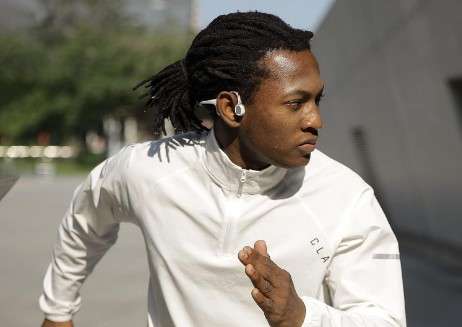
It’s worth knowing the tech behind it too—bone conduction sends vibrations through your skull bones. These bypass your eardrum and reach the cochlea directly.
Meanwhile, unwanted ambient sound still reaches your open ear canal and hits your eardrum like usual.
Because ANC works by canceling waves entering the ear canal, the open ear environment that bone conduction forces means ANC can’t do its job.
8. When Not To Use Bone Conduction Headphones

If your main goal is to drown out noisy environments, bone conduction headphones probably aren’t for you. Loud cafes, airplanes, or noisy offices you might want traditional active noise cancelling headphones there.
I’ve been on noisy flights and tried bone conduction headphones to no avail the plane roar was still very much there, even with my tunes on.
In these cases, traditional ANC headphones are the way to go. Also, if you’re a bass-head, bone conduction may leave you a bit disappointed I noticed the bass is there but not as deep or punchy as in-ear alternatives.
9. So, Who Should Use Bone Conduction Headphones?

Honestly, they rock for:
- Runners, cyclists, and outdoor fitness lovers who need to stay aware.
- People who hate the discomfort of earbuds or sealed cups.
- Workers in environments where hearing ambient safety sounds is critical.
- Anyone who wants to keep ears open for situational awareness while still listening.
Just don’t expect them to magically mute the noisy world around you.
FYI: Volume Still Matters
A quick tip—just because bone conduction headphones don’t block your ear canal doesn’t mean you’re off the hook for volume safety. Listening too loud for hours still risks hearing damage even if sound goes through bones.
Keep volumes moderate (below 60%) and take breaks. Your future self will thank you. 😉
Conclusion
So, to settle it once and for all: bone conduction headphones do NOT cancel noise. They’re designed to keep your ears open so you stay alert to your surroundings.
If you want noise cancelling magic, go for traditional ANC headphones that seal your ears. But if you want a liberating, safe listen that lets you jam and hear the world, bone conduction headphones are your best bet.
Personally, I love the safety aspect and comfort, but I won’t lie they won’t save you from loud backgrounds.
What’s your take? Ever tried bone conduction? Are you team awareness or team isolation? Either way, now you know what to expect when it comes to noise cancelling or the lack thereof with these unique headphones.
